Russia likely using embassies for espionage in Europe, says Dossier Center
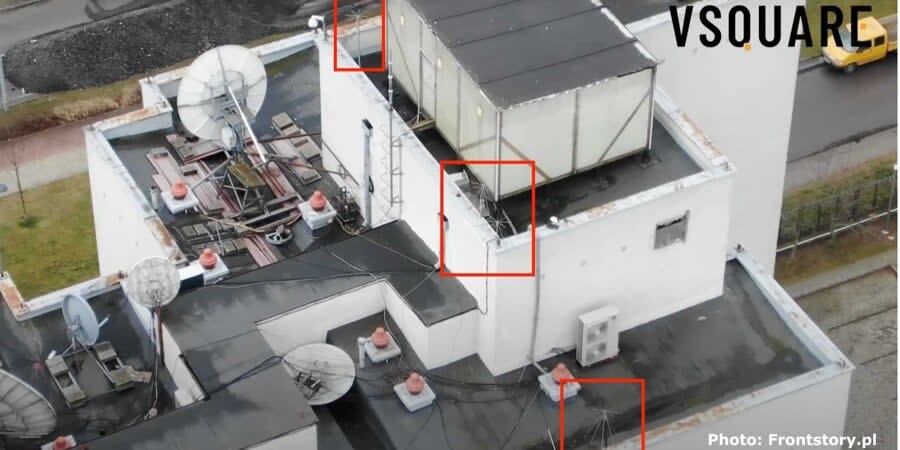
While antennas on embassy buildings are common, as diplomats need to communicate with leaders through secure and fast channels, the number of antennas on Russian diplomatic missions has raised concerns among experts.
Read also: Poland uncovers covert Russian cyber intelligence program
The Dossier Center noted that it is difficult to determine whether the antennas are being used for electronic espionage strictly from their observable appearance.
After studying satellite images, journalists found at least 182 visible antennas on 39 buildings of Russian embassies in Europe.
The largest number of antennas was found at the Russian Embassy in Belgium (17 antennas). At least 10 antennas were observed at Russian missions in Madrid, Prague, Lisbon, Sofia, and Nicosia. The actual number of antennas on any mission could be higher, as not all are visible from outside.
Parabolic antennas, as was observed at the Russian Embassy in Belgium, can be used to intercept satellite phone signals. These antennas allow Russians to “eavesdrop on conversations from almost all of Western Europe,” the Dossier Center says.
Whip, magnetic loop, and Yagi antennas located on most Russian embassies allow for signal interception.
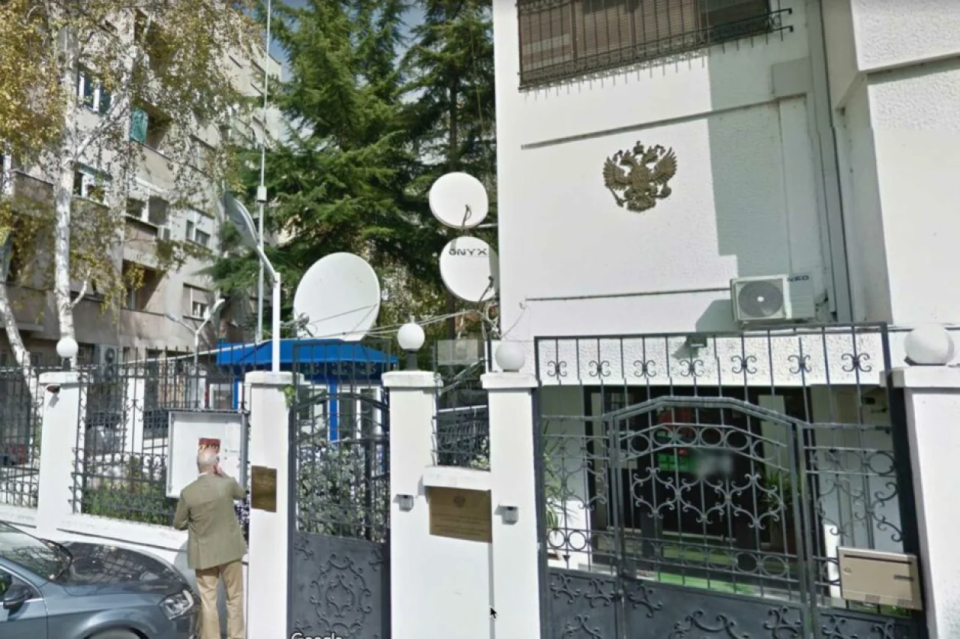
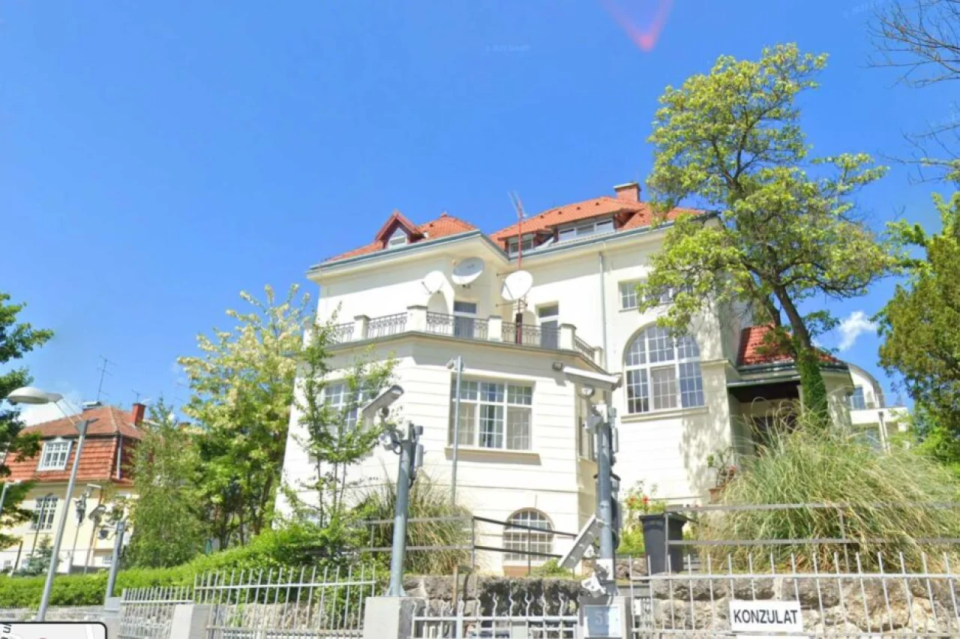
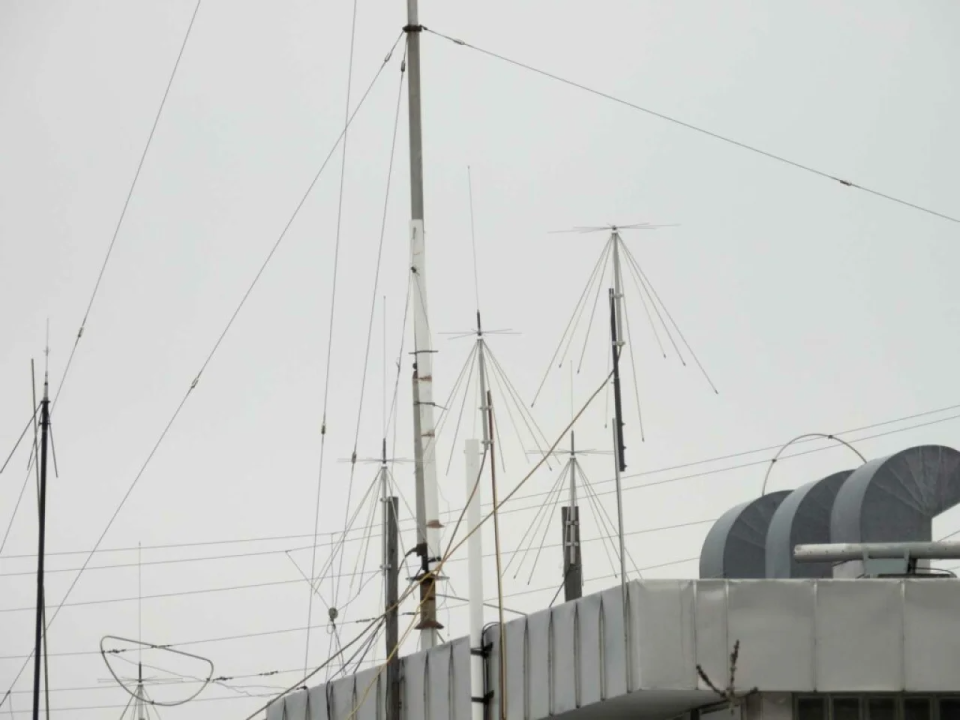
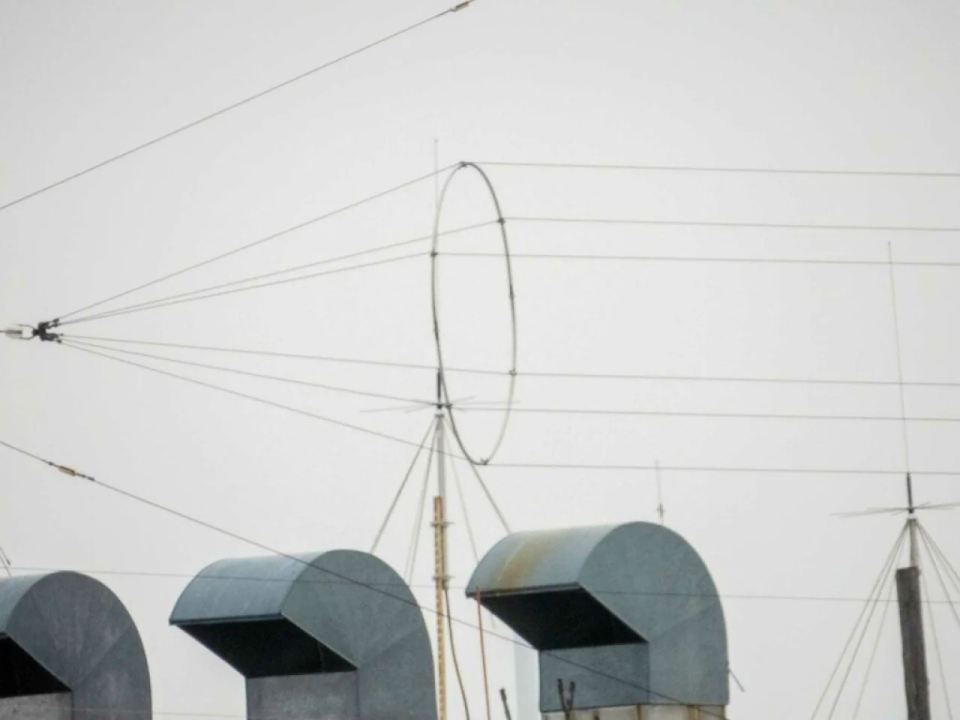
Brussels is a key site for this possible espionage, as the city hosts many European institutions.
However, information interception operations are not new and have been ongoing since the Cold War, said Belgian Justice Minister Vincent Van Quickenborne.
“We should not be naive; this is still happening today,” he said.
The building where Russian diplomats reside in Warsaw, too, may have technical intelligence posts on the roof, said the former head of Poland’s Military Counterintelligence Service, General Piotr Piatrou. These posts are used for intercepting mobile phone calls and radio conversations of intelligence agencies.
Read also: Russian spies use Tinder to recruit German politicians and military
Russians use equipment that looks like small antennas surrounding a large container at diplomatic missions worldwide, particularly in countries with high intelligence activity, “mostly to secure their special operations,” he said.
Experts and sources from Israeli digital media firm Frontstory believe that the Russians are conducting audio surveillance activities with equipment on the embassy roof in Warsaw, within a radius of up to 30 km.
Journalists have noticed similar containers on the roofs of Russian diplomatic missions in Poland, Sweden, Belgium, Czechia, Germany, Bulgaria, Romania, Greece, and Portugal.
A former intelligence officer from a Central European country said that Russia can intercept mobile phone connections using this sort of equipment. He stated that in his country, intelligence services flew helicopters over the embassy to see what had changed on the roof.
His agency had limited information, perhaps from international partners, that the container had equipment that could intercept and record phone conversations in the capital – not just the metadata from mobile phones, but also the conversations themselves.
Read also: Russian spies sought to paralyze supply of weapons to Ukraine, Poland says
The Russians have been using such technology for years, and they use it in European countries, according to security experts.
A former employee of Hungarian counterintelligence services confirmed that Russia is monitoring protests using phone traffic and “collecting information about local critics and Ukrainian groups” in at least his country.
This capability also lets the FSB can monitor the actions of foreign counterintelligence by monitoring radio or mobile phone conversations around the embassy and other important facilities.
“In the [2010s], officers often had to change their mobile phones because if any of these numbers were identified and were near the embassy, the Russians knew for sure that they were being monitored,” a source told the journalists.
Since early 2022, about 400 Russian diplomats have been expelled from European countries.
Read also: Two foreigners suspected of spying for Russia detained in Slovenia
Among the 45 expelled from Warsaw, 20 were technical personnel who serviced equipment for surveillance and interception, according to Frontstory. Investigators found that among people with education in computer technology or radio communications and experience in Russian intelligence where among the Russian embassy staff expelled in 2022, including in Belgium, Sweden, and Estonia. Daniel Stenling, the head of Sweden’s counterintelligence department, confirmed to journalists that a significant portion of Russian diplomatic missions are made up of intelligence personnel, including the FSB, SVR, and GRU.
The Dossier Center notes that Russia may also be conducting intelligence gathering using monitoring stations in border regions of Russia, reconnaissance ships, and other less noticeable equipment, but diplomatic territories are safer for this purpose because intercepting signals from diplomatic territory is officially prohibited.
We’re bringing the voice of Ukraine to the world. Support us with a one-time donation, or become a Patron!
Read the original article on The New Voice of Ukraine

